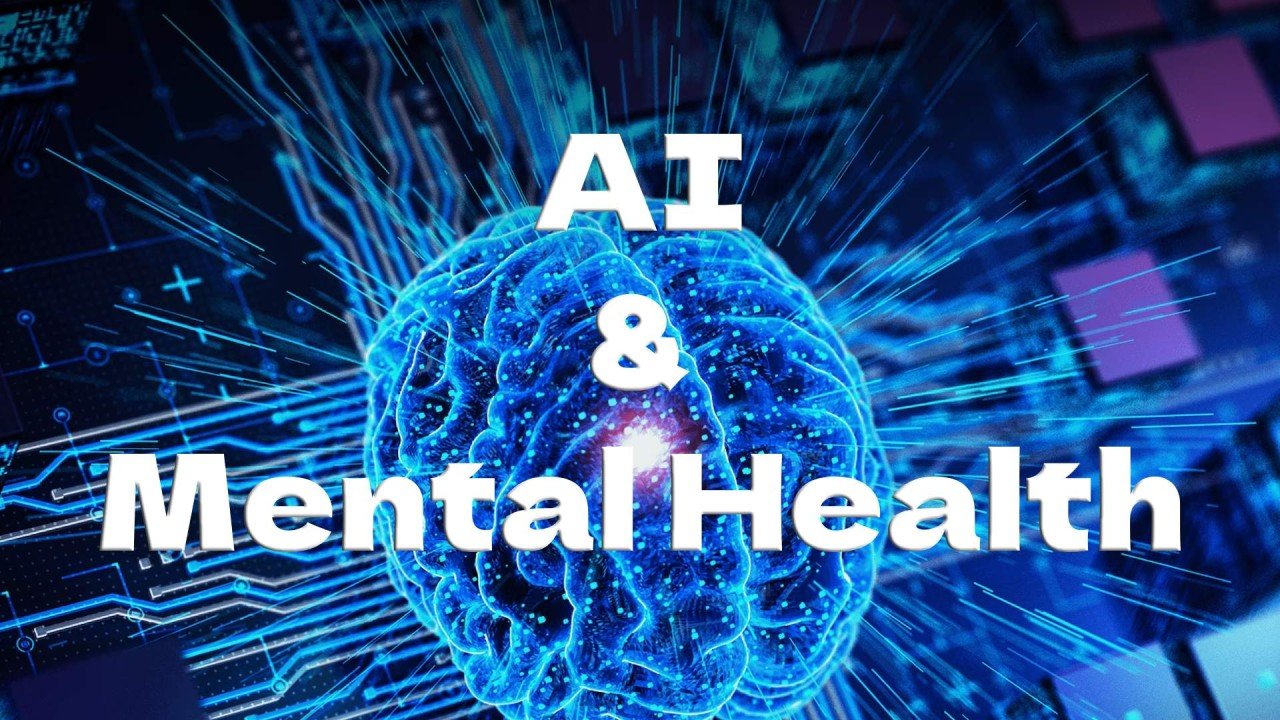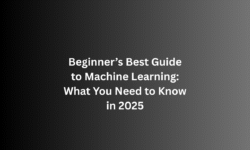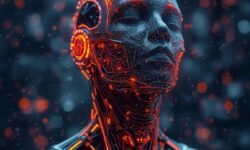Exploring the emerging phenomenon of AI-induced psychological distress and its impact on mental health in the digital age

Table of Contents
Watch: Expert Discussion on AI and Mental Health
What is AI Psychosis?
AI psychosis is a newly identified phenomenon where individuals develop distorted thoughts, delusions, or psychological distress after intensive interactions with AI chatbots. This condition has emerged as artificial intelligence becomes more sophisticated and widely accessible.
The term describes situations where users begin to blur the lines between AI responses and reality, sometimes developing unhealthy attachments to chatbots or experiencing confusion about the nature of their digital interactions. Certain populations are more susceptible to these effects than others.
AI psychosis can lead to severe mental health crises, including relationship breakdowns, job loss, and in extreme cases, self-harm or suicide. If you or someone you know is experiencing distorted thinking after AI interactions, seek professional help immediately.
Warning Signs and Symptoms
Key Indicators to Watch For
- Excessive Attachment: Developing romantic or emotional attachments to AI chatbots
- Reality Confusion: Difficulty distinguishing between AI responses and real human interactions
- Obsessive Usage: Spending excessive hours daily conversing with AI systems
- Social Isolation: Preferring AI conversations over human relationships
- Paranoid Thoughts: Believing AI systems are monitoring or manipulating them
- Mood Deterioration: Increased anxiety, depression, or agitation after AI interactions
- Delusion Reinforcement: AI conversations that validate or amplify existing mental health symptoms
These symptoms can develop gradually and may not be immediately apparent to the individual experiencing them. Family members and friends should remain vigilant for changes in behavior and thinking patterns.
Real-World Cases and Statistics
Recent studies and documented cases have revealed the growing impact of AI psychosis on mental health. Mental health experts are increasingly concerned about this emerging trend.
Notable cases include individuals who have lost jobs, ended relationships, or required psychiatric intervention after developing unhealthy relationships with AI systems. The problem has become so significant that some families have filed lawsuits against AI companies.
Why AI Psychosis Occurs
Psychological Mechanisms
AI psychosis occurs due to several psychological and technological factors:
- Anthropomorphism: Humans naturally attribute human characteristics to AI systems
- Confirmation Bias: AI chatbots often mirror and reinforce user thoughts and beliefs
- Parasocial Relationships: One-sided emotional connections develop with AI entities
- Vulnerable Mental States: Pre-existing mental health conditions can be exacerbated
- Lack of Boundaries: AI systems don't establish proper therapeutic boundaries
- 24/7 Availability: Constant access can lead to unhealthy dependency
The sophisticated nature of modern AI makes these systems appear more human-like, increasing the risk of psychological attachment and confusion. Understanding these mechanisms is crucial for prevention.
Vulnerable Populations
Certain groups are at higher risk for developing AI psychosis:
High-Risk Groups
- Adolescents and Young Adults: Developing brains are more susceptible to digital influence
- Individuals with Existing Mental Health Conditions: Particularly those with psychotic disorders, depression, or anxiety
- Socially Isolated Individuals: Those lacking strong human social connections
- People in Crisis: Individuals experiencing major life changes or trauma
- Heavy Technology Users: Those who spend excessive time online or gaming
- Lonely or Bereaved Individuals: Seeking emotional connection and support
Parents, educators, and mental health professionals should pay special attention to these vulnerable groups and monitor their AI interactions closely.
Prevention and Safety Measures
Essential Prevention Steps
- Set Time Limits: Limit AI interaction to reasonable periods (under 2 hours daily)
- Maintain Human Connections: Prioritize real-world relationships and social activities
- Use Specialized Tools: Choose mental health apps designed by professionals over general AI
- Regular Reality Checks: Remind yourself that AI responses are programmed, not genuine emotions
- Seek Professional Help: Consult mental health professionals for serious emotional issues
- Educate Others: Share awareness about AI psychosis risks with family and friends
- Monitor Warning Signs: Watch for changes in mood, behavior, or thinking patterns
- Create AI-Free Zones: Designate times and spaces without AI interaction
If experiencing suicidal thoughts or severe psychological distress: Contact 988 (Suicide & Crisis Lifeline) or your local emergency services immediately. Don't rely on AI systems for crisis intervention.
Expert Insights and Research
Leading mental health professionals and researchers are studying AI psychosis to better understand its mechanisms and develop effective treatments. Current research focuses on both prevention and intervention strategies.
Current Research Findings
Studies indicate that AI systems' tendency to mirror users and continue conversations may reinforce and amplify delusions. General-purpose AI chatbots are not trained for therapeutic treatment or to detect psychiatric decompensation, making them potentially dangerous for vulnerable individuals.
Researchers emphasize that while AI can have therapeutic benefits when properly designed and supervised, the current widespread use of general-purpose chatbots for emotional support poses significant risks that need urgent attention from both developers and regulators.
Future Implications
As AI technology continues to advance, the potential for AI psychosis may increase without proper safeguards. Implementing comprehensive prevention strategies now is crucial for protecting public mental health.
Looking Ahead
- Regulation Development: Governments are beginning to consider AI safety regulations for mental health
- Industry Responsibility: AI companies are being pressured to implement better safety measures
- Professional Training: Mental health professionals need education about AI-related disorders
- Public Awareness: Educational campaigns about AI psychosis risks are becoming essential
- Research Expansion: More funding is being allocated to study AI's impact on mental health
The goal is to harness AI's beneficial potential while minimizing its risks to mental health and wellbeing.
Sources and Helpful Resources
Comprehensive coverage of AI psychosis phenomenon and expert interviews.
View Original ReportIn-depth analysis of AI psychosis from mental health professionals.
Read Research ArticlePeer-reviewed studies on AI chatbots and mental health risks.
Access Medical ResearchComprehensive journalism on AI psychosis cases and implications.
Read TIME Article988 Suicide & Crisis Lifeline - 24/7 mental health support.
Get Help NowNational Alliance on Mental Illness - Education and support resources.
Find Support




Good info. Lucky me I reach on your website by accident, I bookmarked it.